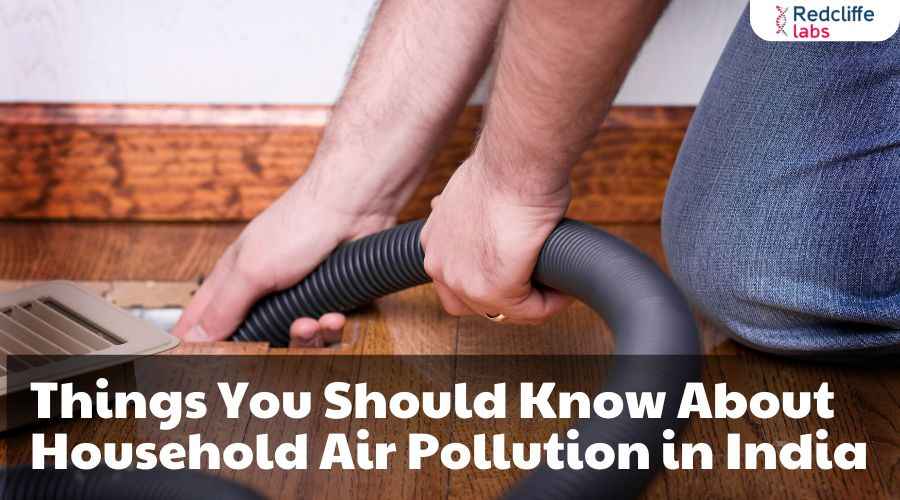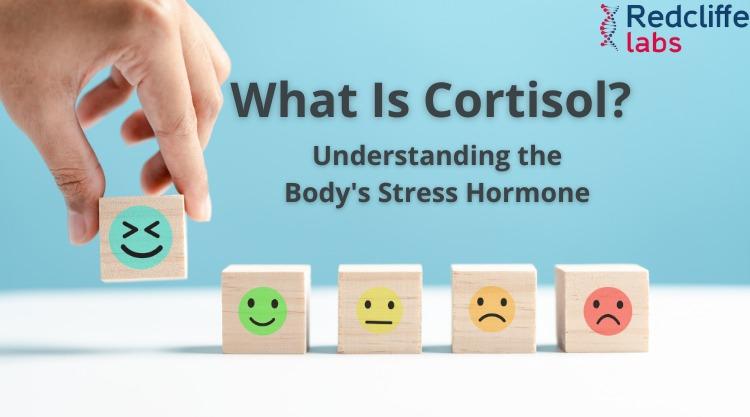Things You Should Know About Household Air Pollution in India

Medically Reviewed By
Dr. Geetanjali Gupta
Written By Muskan Taneja
on Oct 25, 2024
Last Edit Made By Muskan Taneja
on Jul 19, 2025

The time of festivals is here. The festival comes with many celebrations, lights, sweets, and love. You must have heard of air pollution during the festival, especially during Diwali. Air pollution causes life-threatening diseases. But do you know household air pollution in India can also cause serious health concerns?
World Health Organization (WHO) says nearly 3.2 million people die prematurely every year from diseases caused by household air pollution. Household air pollution spreads by burning polluting fuel. Around 2.1 billion people rely on polluting fuel for cooking, lighting, and heating.
Is household air pollution a real and serious problem? Yes, Indians rely heavily on solid fuels such as wood, leaves, and charcoal for cooking and healing, which leads to numerous health issues.
Indoor air or household air pollution in India is a major cause of respiratory diseases, cardiovascular diseases, and cognitive impairment.
The recommended PM2.5 in your house should be below 5 microorganisms per cubic meter (µg/m3). The Climate Center for Cities says that most Indian households have PM2.5 concentrations ranging from 86 to 882 (µg/m3). Compared to outdoor air pollution, indoor air pollution in India is 2-13 times higher than the PM2.5 concentration.
It can come from several places, such as smoke from fuel burned for cooking, tobacco smoke, building materials, and adhesives in electronics and furniture. Kerosene is a primary source of cooking fuel. Using kerosene and solid fuels is higher in rural areas than in urban areas, making 51% and 9%, respectively.
So, what’s the solution? The UN Environment Programme monitored the situation and to raise awareness, they came up with five things that one should know about household air pollutants.
Terrible for Human Health
Household air pollution can cause heart disease, lung cancer, and stroke. A study found that tens of millions of people became ill, sick, injured, or burnt after using solid fuels or kerosene in their household.
Every year, indoor air pollution globally contributes to around 500,000 premature casualties than outdoor air pollution. Coal is one unclean fuel that contains dangerous pollutants, such as carbon monoxide and nitrogen oxides.
Dirty Household Fuels are Dangerous for The Environment
Households emit more than half of the global black carbon emission. Black carbon is the second largest contributor to climate change after carbon dioxide. Black carbon has a per-unit warming capacity of 460-1,500 times greater than carbon dioxide.
When household air pollution combines with outdoor air pollutants, it forms ground-level ozone, which decreases crop fields and weather. If you think household air pollution in India can only affect you inside, you are wrong.
Choose an Affordable and Reliable Energy Source
Affordable and reliable energy can reduce household air pollution. It indicates the global adoption of clean household energy, including low-emission stoves. It can save millions of lives.
Reliable and affordable energy can reduce biodiversity loss by reducing carbon emissions and black carbon. This reduction can save the climate from deteriorating.
Women and Children Suffer the Most from Indoor Air Pollution
In India, especially in rural areas, women and children spend most of their time indoors. Household air pollution disproportionately affected them.
Women are most vulnerable to kerosene, coal, and solid fuels during cooking, which increases their risks of non-communicable diseases.
In under five children, about half of pneumonia deaths are a result of the soot they inhale at home. Moreover, harmful pollutants can affect the brain, cause behavioral problems, and lower IQ among children.
Household Air Pollution Builds Poverty and Inequality
Around 3 billion people use unsafe fuels in their homes, which shows they are typically among the world’s poorest. Household air pollution is a sign of poverty and inequality.
Do you know? More than 155 countries consider a healthy environment as their constitutional right. The world is seeing a growth of 1% per year in clean cooking fuels and technologies.
How Can You Tackle Household Air Pollution?
Controlling indoor air pollution is not a challenging situation. There are numerous ways you can reduce pollutant levels.
- Proper ventilation can help reduce and replace polluted indoor air with fresh air.
- High-efficiency particulate air (HEPA) is a filter that can remove pollutants like tobacco smoke.
- Green cleaners contain natural ingredients which are safe and effective for indoor use.
- Keep indoor plants to purify household air pollution. It increases humidity and reduces dust levels.
- Keep your indoors clean and dry, especially the kitchen and bathroom to reduce indoor air pollution.
- Air purifiers can eliminate indoor pollutants and protect you and your loved ones from household air pollution.
- While building or renovating, choose low-emitting building materials and furnishers to lower harmful chemicals.
Key Takeaways
Household air pollution is more dangerous than outdoor air pollution. Preventive measures such as indoor plants or air purifiers can control this. This month of festival, keep your home clean and dry to reduce harmful chemicals from household air pollution. Solid fuels are everywhere, including cooking, heating, and lighting. Make smart choices and prevent yourself from household air pollution.



